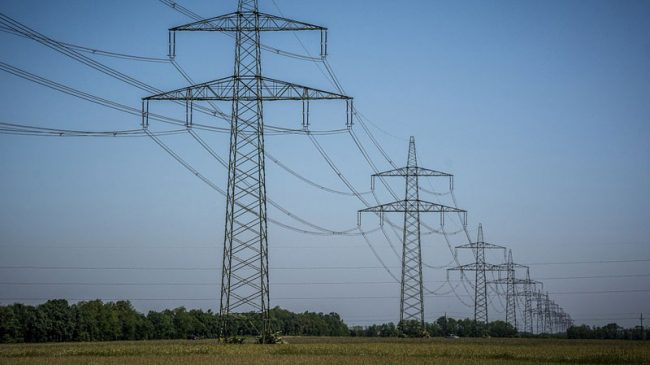Executive Summary
The dramatic blackouts in the Midwest and Northeast in August of 2003 have focused our attention on electricity policy once again. This time the issue is the grid-the transmission network that transports electricity across regions. Our policies governing electricity transmission- regulating it and moving slowly toward changes to support competitive wholesale electricity markets-are getting a sharp look from more people than ever.
Existing long-distance transmission infrastructure is insufficient to support the changes that have come about in the industry since the deregulation of the early 1990s that led to the dramatic increase in the trade of generated electricity.
Ways to remedy this situation fall into three categories: build and upgrade transmission, build generation closer to population centers, or reduce the demand for transmission services. This study provides an analysis of the institutional changes being proposed and debated, particularly FERC’s RTO policy. By establishing RTO rules, FERC can move the industry toward building and managing a national grid network. But at the same time, FERC risks creating an ordered competition- competition engineered based on an assumption about how competition ought to be- rather than a competitive order, which arises spontaneously from human action and economic evolution based on choices and change over time. While ordered competition through the RTO structure could simply be a step to move the industry toward an institutional structure in which a competitive order can emerge, it is at best only part of the legislative and regulatory changes that would produce competition in the industry. To do that, legislative and regulatory changes will have to focus on removing barriers to entry and to technological change in the industry.
Our recommendations encourage the use of distributed generation technology, innovative forms of contracting, and other institutional and technological changes that would increase the contestability of the transmission segment of the electricity value chain, and could do so in a flexible, open-ended way.

